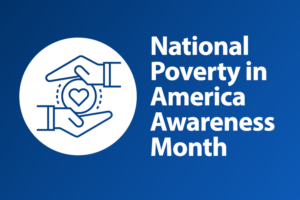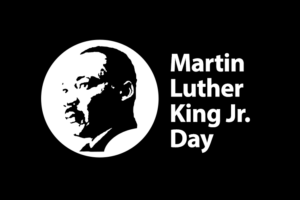Sarah Ford | December 12, 2013
Giving That Gets Engagement

According to Blackbaud—which measured the largest data sample—there was a 90 percent increase in online giving over #GivingTuesday last year. Network for Good recorded a 74 percent increase, and Paypal showed a 123 percent rise in charitable donations.
The engagement of nonprofits and other civic organizations appeared to play a big part in the increases: Ten thousand partners took part in all 50 states and around the world. Participants sent more than a half a million tweets, and #GivingTuesday was the number-one trending topic on Twitter (when was the last time philanthropy placed there?). #GivingTuesday was even up in lights in Times Square.
We also saw some powerful campaigns. Baltimore came together as a city to raise more than $5.4 million for local causes. Good Ventures used #GivingTuesday to announce a remarkable $5 million matching grant to GiveDirectly, challenging supporters to match these funds during the giving season. The Red Cross went in another direction and spent the day saying “thank you” to those who help them all year around.
As we reflected on this remarkable uptick in #GivingTuesday activity, we looked back on the 25-plus philanthropists who participated in the Giving That Gets Results blogs, webinars, and videos—a series that drew the highest number of subscribers ever to aStanford Social Innovation Review webinar (more than 2,500). What became clear was the imperative to fundamentally re-imagine how we build strategies and communities in the social sector so that they are more adaptive to an ever-changing and uncertain landscape. And we were struck by a common theme that kept surfacing: engaging constituents—that is, collaborating partners and beneficiaries—to more deeply understand what the sector needs and what’s working.
Source: Stanford Social Innovation Review
Get Resources and Insights Straight To Your Inbox
Explore More Articles
Open Position: Customer Service Coordinator (Remote-Part Time)
Position Title: Customer Service Coordinator (Remote – Part Time) Department: Charitable Funds Management Solutions We are a non-profit charitable organization looking for skilled individuals who…
Read ArticleGet Resources and Insights Straight To Your Inbox
Receive our monthly/bi-monthly newsletter filled with information about causes, nonprofit impact, and topics important for corporate social responsibility and employee engagement professionals, including disaster response, workplace giving, matching gifts, employee assistance funds, volunteering, scholarship award program management, grantmaking, and other philanthropic initiatives.




